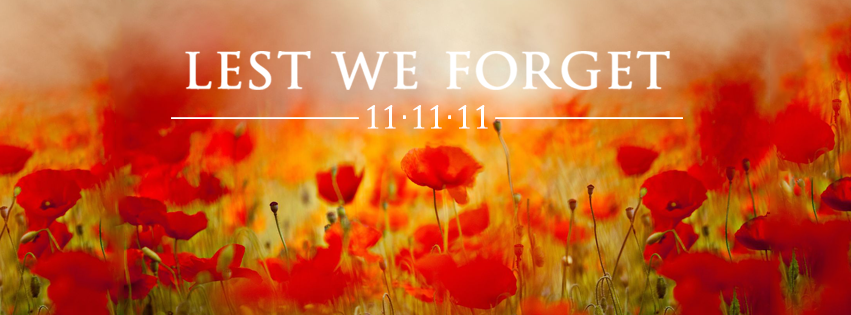
Poppies to celebrate Remembrance Day

Poppies are available in seven different colours, namely: red, pink, orange, yellow, white, blue and purple. Poppies are also classified according to different species including the opium poppy, the Oriental poppy and the corn poppy. Of all the colours and varieties, it’s usually the striking red shade of the corn poppy that has gained most fame.
These gorgeous flowers have been cultivated as ornamental flowers and certain varieties have been used to produce food, oil and drug products. Depending on the variety and where they are grown, they may be annual, biennial or even perennial.
The poppy is also associated with Remembrance Day in the UK. During World War I, it was Flanders, Belgium that witnessed some of the most horrific and brutal fighting. After all the bloodshed, the homes and farms were reduced to dust as dead soldiers lay in the mud. The only thing to survive was a poppy flower.
As the weather warmed up, the poppies began to grow in these fields once more and served as a reminder of the lives lost and events of that day. A Canadian doctor, John McCrae, served in the war and wrote a poem in 1915. The poem was titled “In Flanders Fields” and it details the events that took place including the image of poppies blowing in the wind.
An American poet, Moira Michael, wrote “We Shall Keep the Faith” in 1918 and she encouraged people to wear a poppy to honour those lost on this day. On November 11, 1921 the first poppy day was held in Britain and it was met with outstanding success. Each year it is celebrated in the same manner and, since most of the hostilities came an end at 11am on the 11th day of the 11th month, this is why we observe a moment of silence at 11 in the morning.
While poppies are worn in order to honour the fallen, it is also worth noting that other large scale projects are also underway. The Tower of London has had its moat flooded with 888,000 gorgeous ceramic poppies. This display was created and designed by Paul Cummins and Tom Piper. Each of these poppies was placed in honour of a specific fallen soldier. These poppies are available for sale at £25.00 each and proceeds will be shared equally among six charities. It is worth mentioning that each poppy was hand made and Cummins himself suffered the loss of a finger when one of the poppy-making rollers crushed his hand. Despite this setback, Cummins didn’t give in and persevered to see this project through. This year is sure to be a Remembrance Day for the history books!
